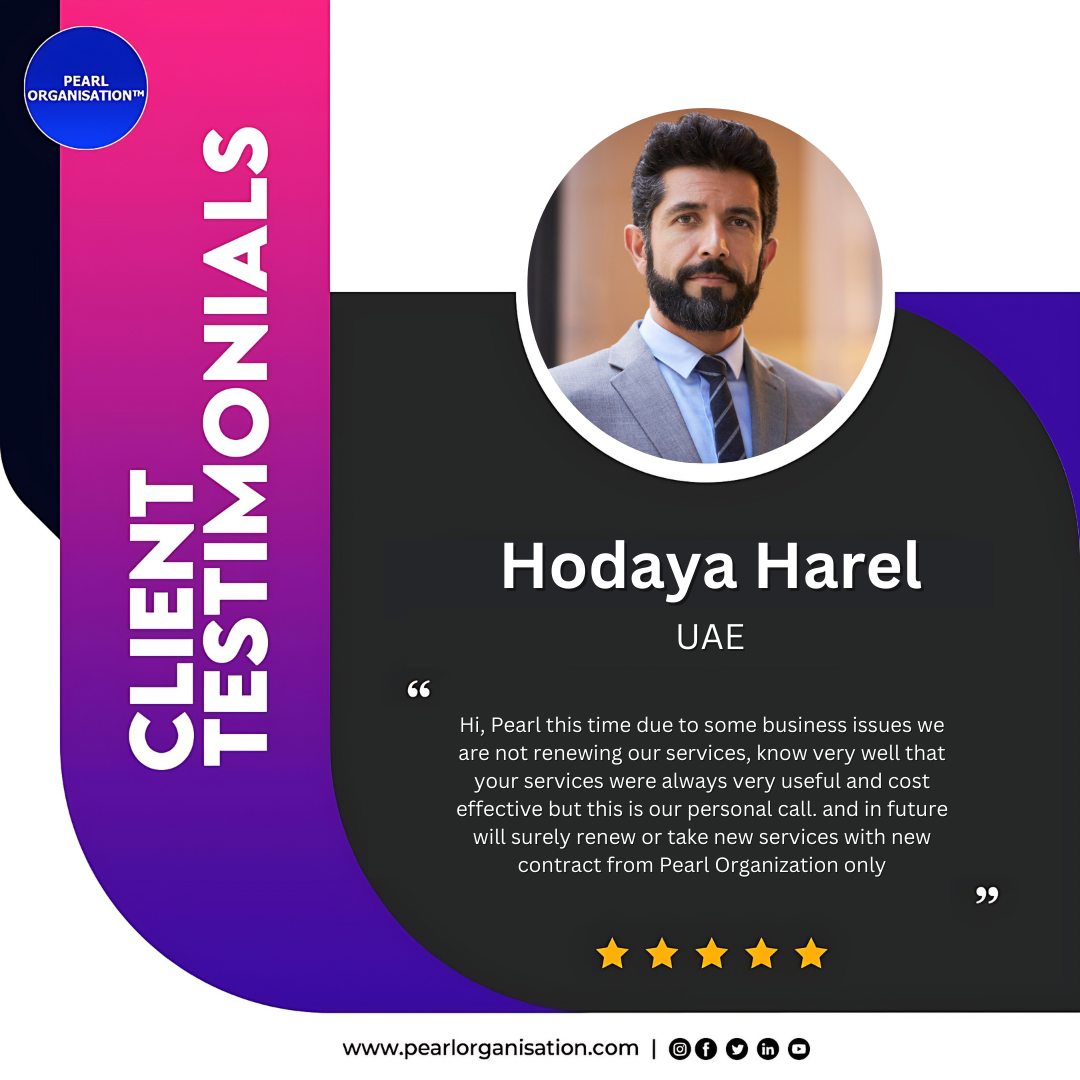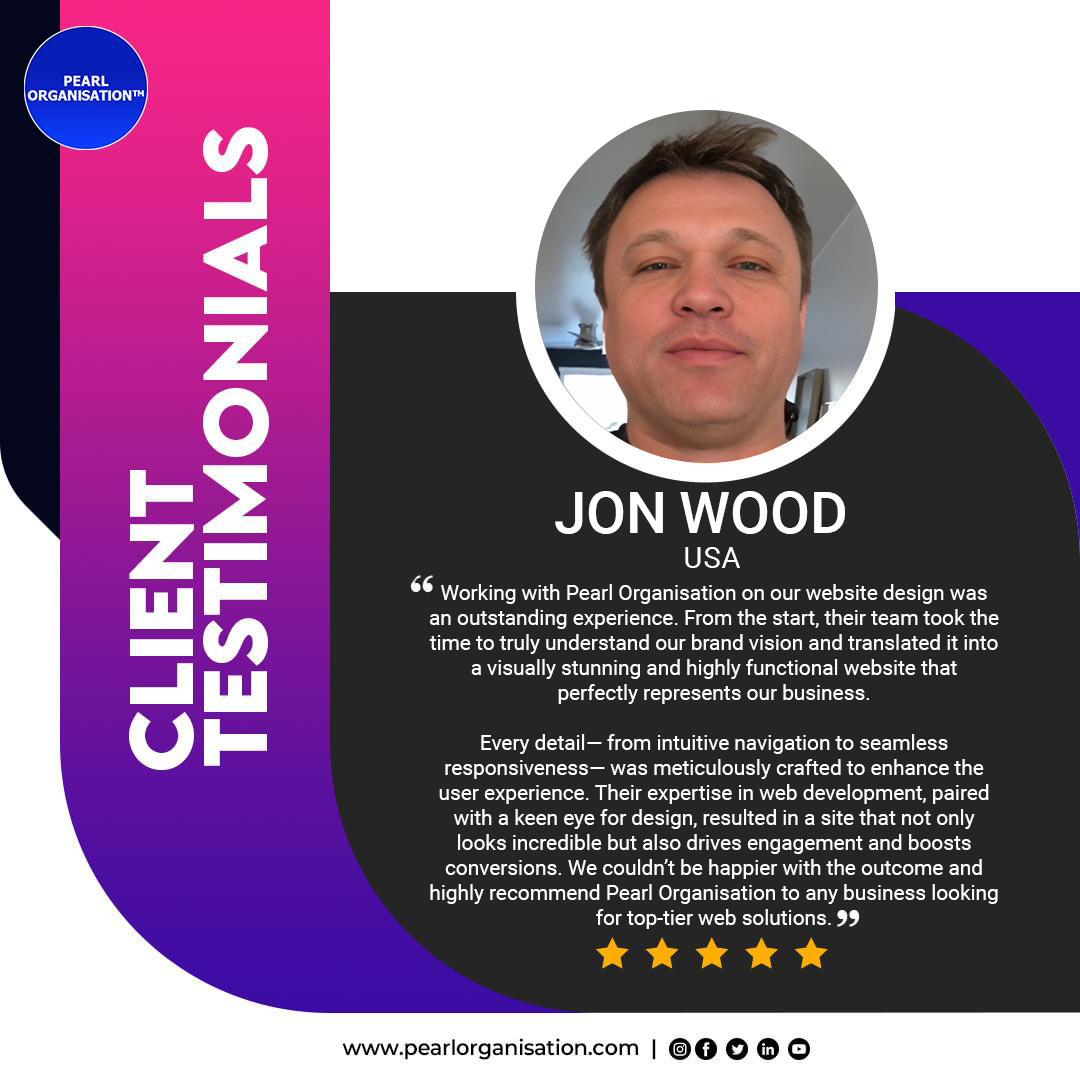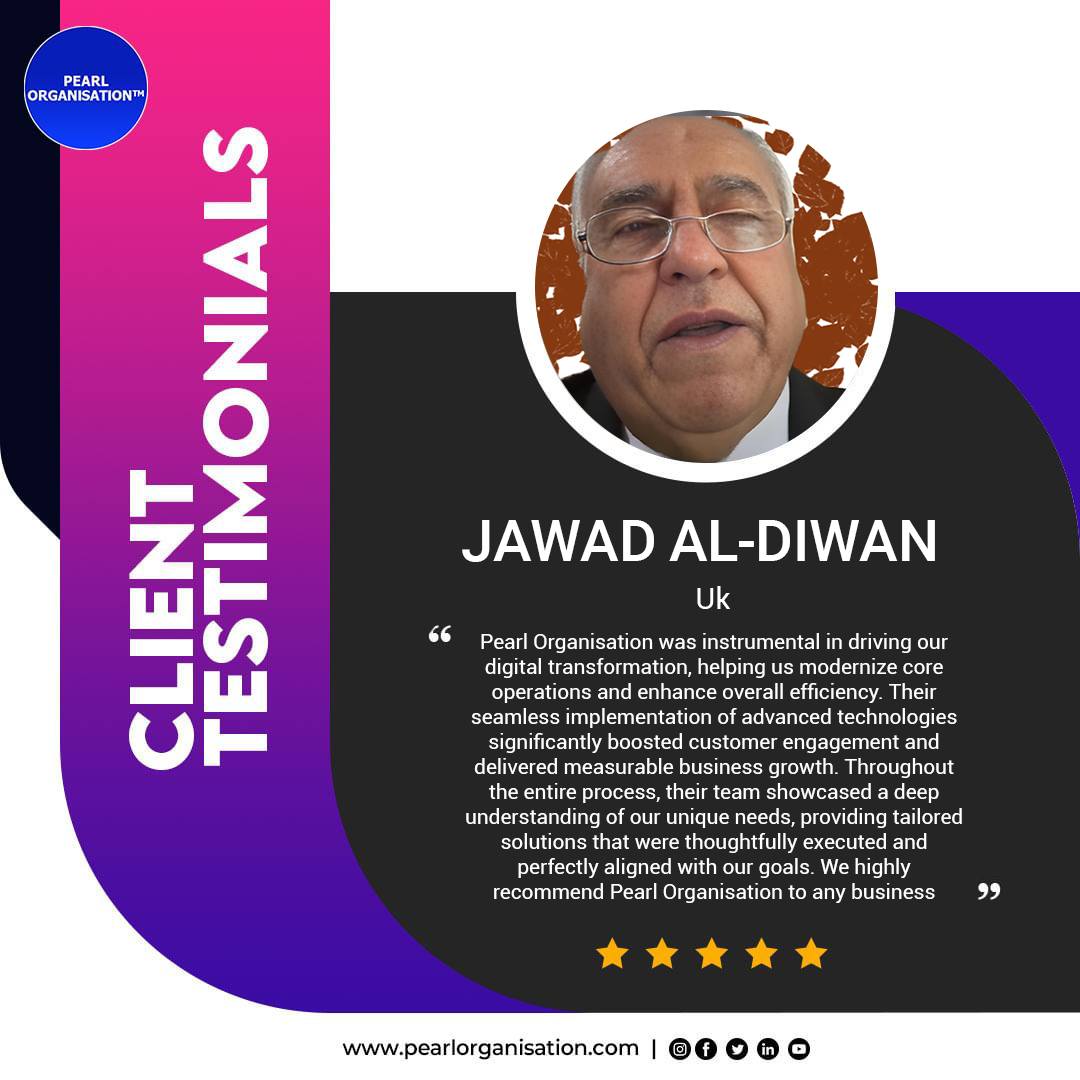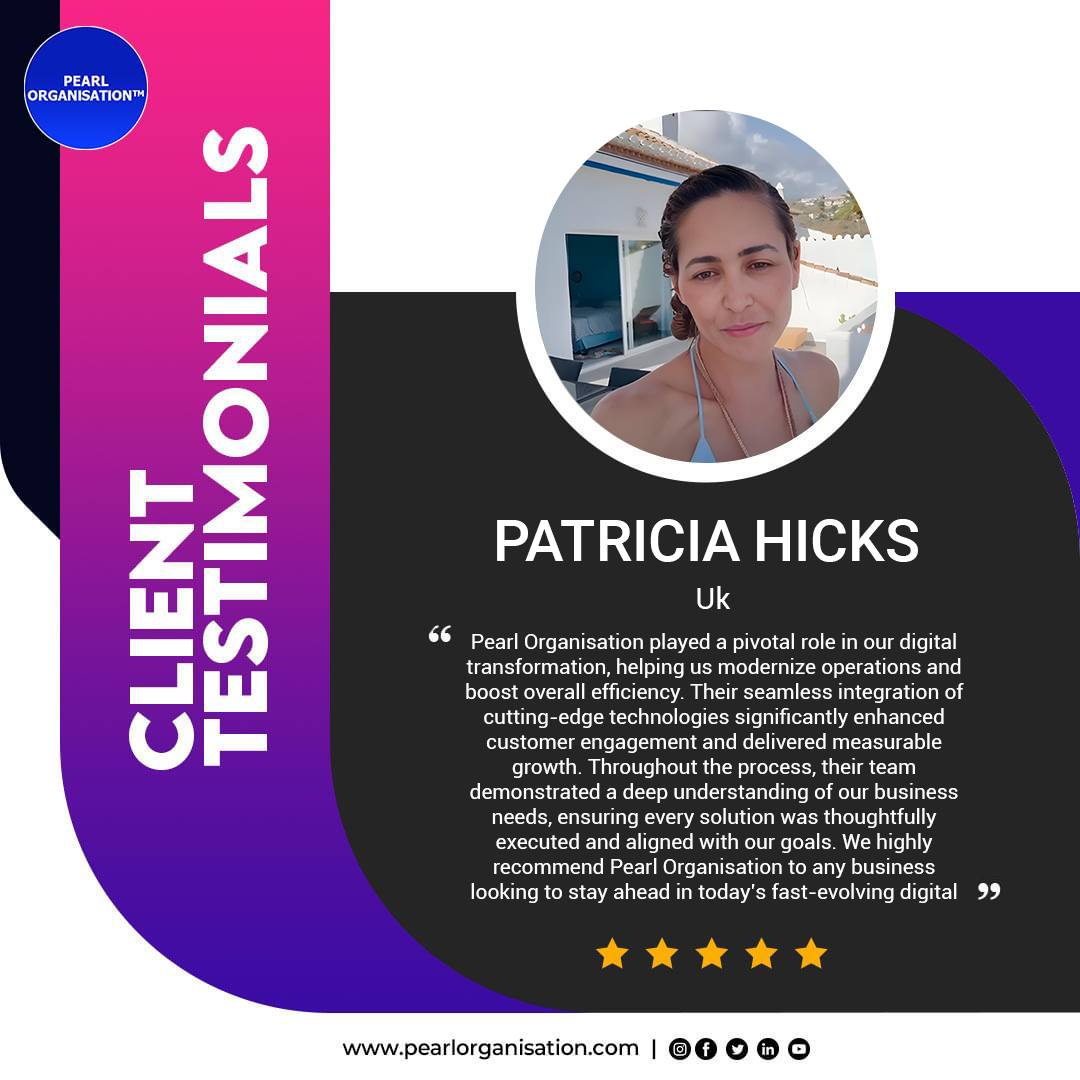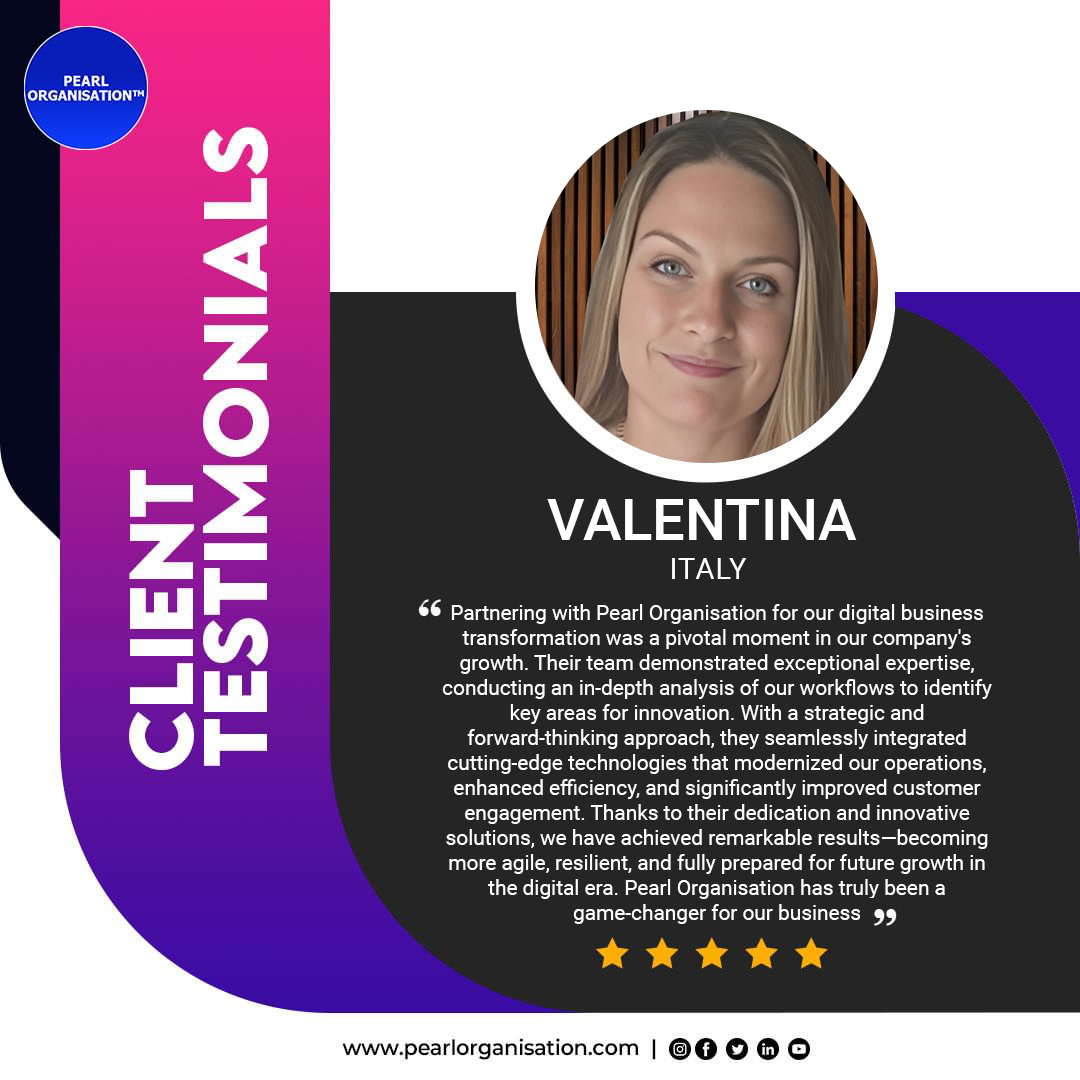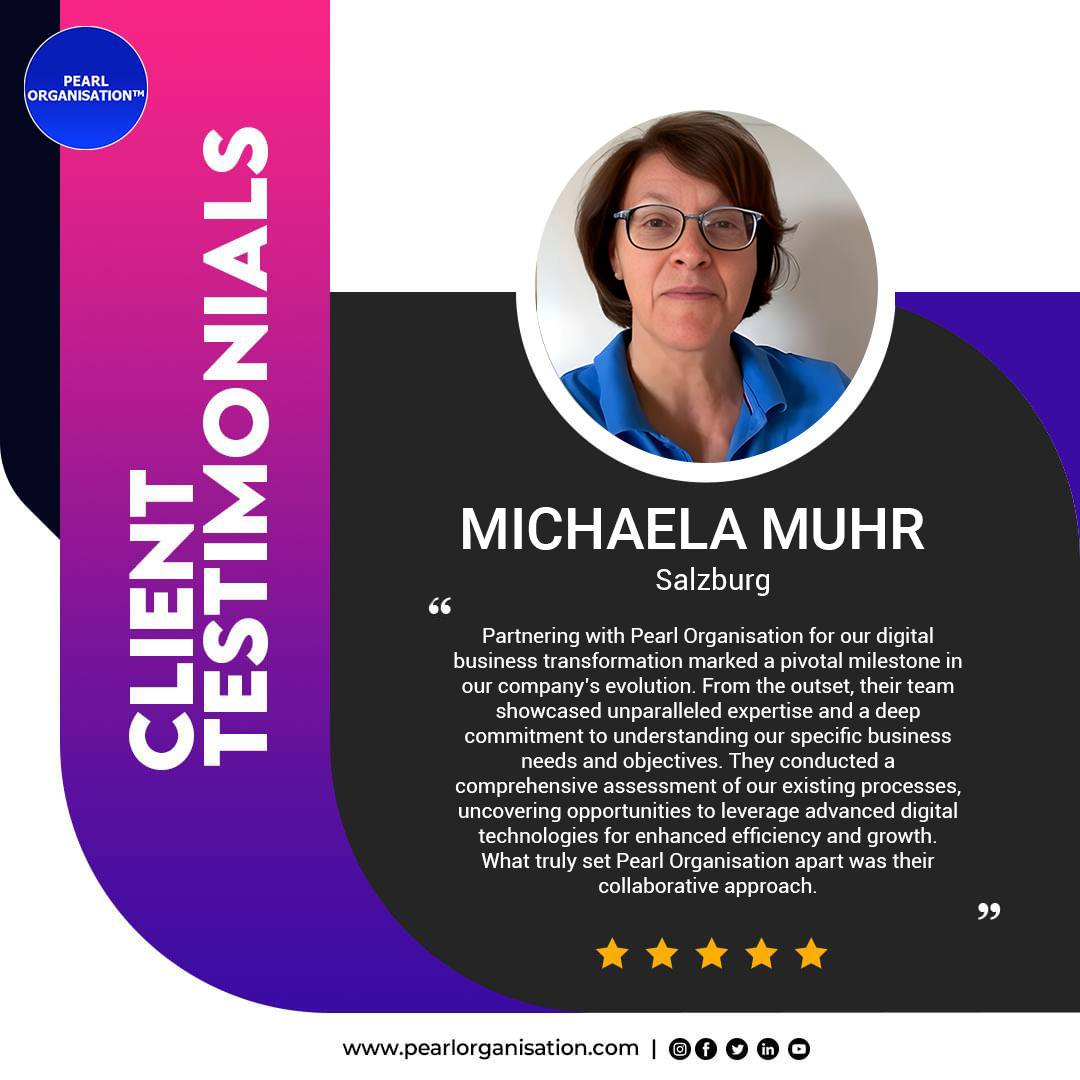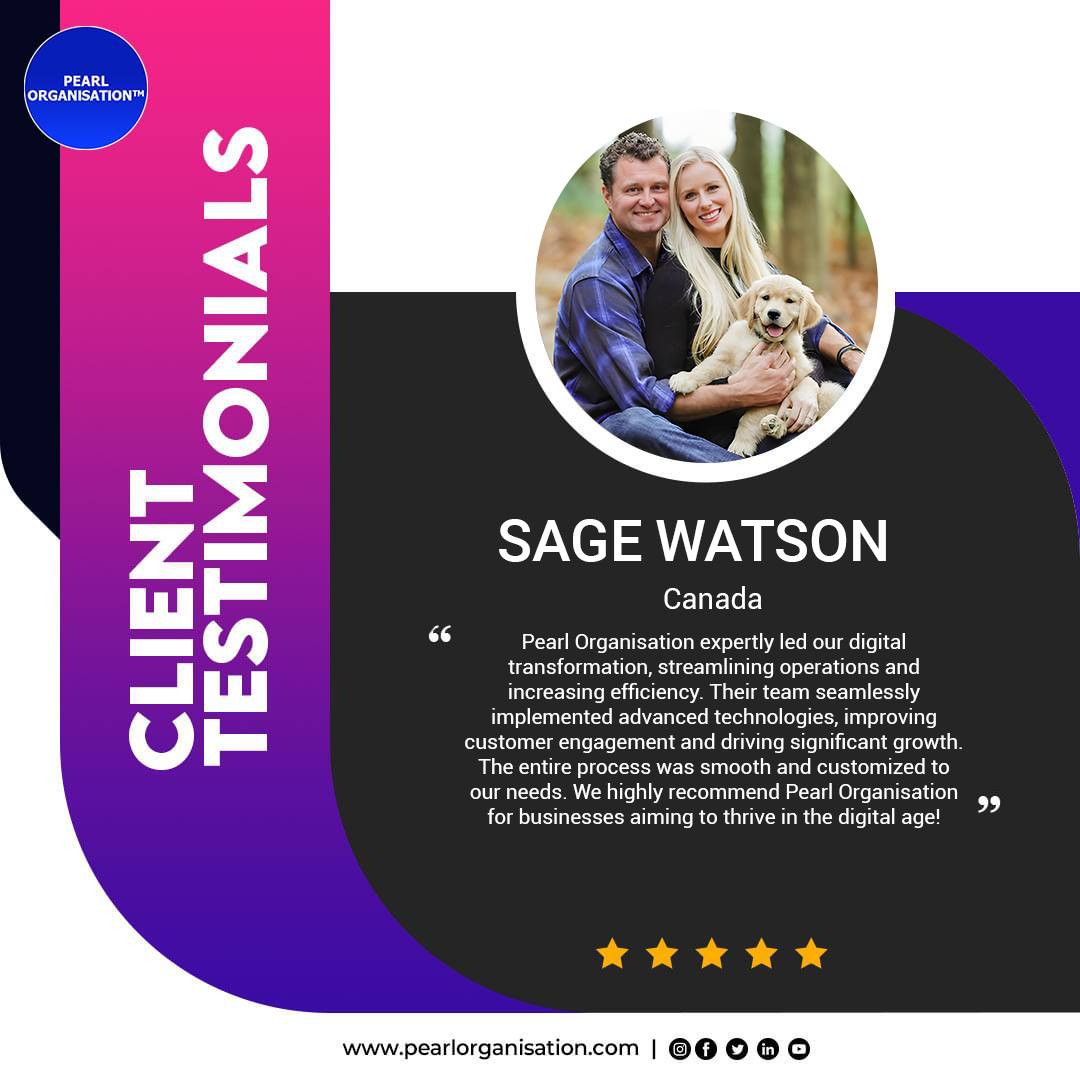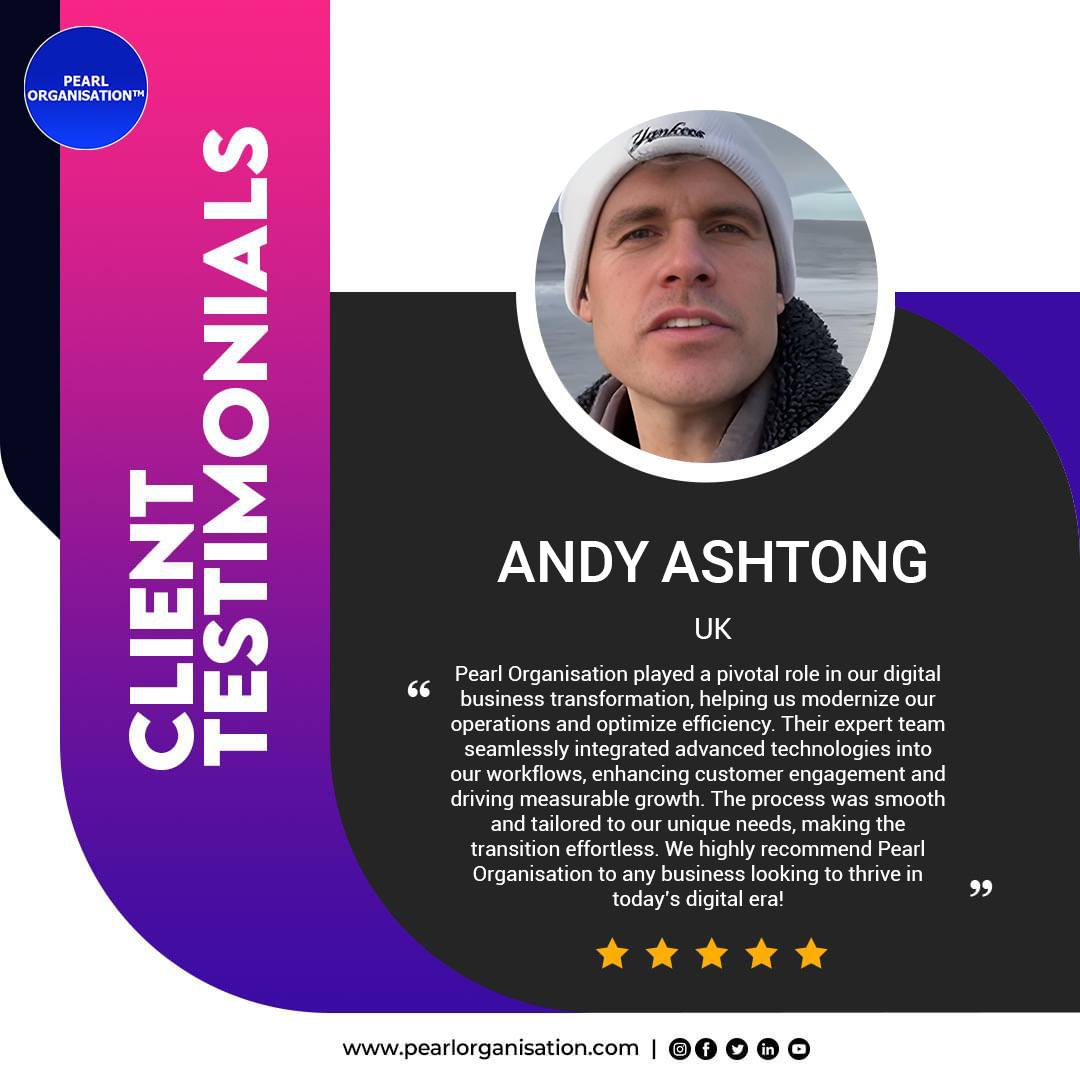Comprehensive IoT App Development Services for Industry 4.0
- Larrisa

- Aug 27
- 12 min read

Introduction: From Connected Devices to Intelligent Operations
Industry 4.0 isn’t only about adding sensors to machines—it’s about turning every signal into decisive, real-time action. Pearl Organisation delivers end-to-end IoT app development that unifies devices, networks, data pipelines, analytics, and user experience into one cohesive ecosystem. We design solutions that predict failures before they happen, orchestrate workflows across plants and geographies, elevate workforce productivity, and present decision-ready insights at the exact moment they’re needed. The result: safer operations, higher throughput, resilient supply chains, and faster innovation cycles—without compromising security or governance.
What IoT Means for Your Business Today
IoT is the digital nervous system of modern enterprises. Connected devices continuously stream telemetry—temperature, vibration, energy use, pressure, GPS, utilization, and more. When harnessed correctly, this data transforms how you plan maintenance, schedule production, allocate resources, and serve customers. Pearl Organisation builds the software foundation that makes this possible: firmware that talks securely, gateways that normalize industrial protocols, cloud and edge components that process data in milliseconds, and intuitive apps that help teams execute the right decision with confidence.
Our End-to-End Approach
Strategy & Value Discovery
Every solution begins with your business objectives. We map pain points, data sources, existing systems, and operational constraints to define a value-driven roadmap. Whether your priority is predictive maintenance, asset tracking, energy optimization, field service productivity, or patient safety, we align the technical design to measurable KPIs such as OEE, asset uptime, MTTR, yield, energy intensity, or SLA adherence.
Architecture & Platform Design
We design layered architectures that separate device, connectivity, data, and application concerns. At the edge, we handle noisy, bursty sensor traffic with buffering and local analytics for low-latency decisions. In the cloud, we build scalable ingestion, stream processing, and storage tiers that support both time-series and event workloads. APIs and microservices enable modular growth; role-based access and policy engines enforce governance as your fleet scales.
Development & Integration
Our teams implement firmware for embedded systems, develop mobile and web applications, integrate industrial protocols, and connect your IoT layer to ERP, MES, WMS, EHR, CRM, and analytics tools. We treat “integration” as a product capability—not an afterthought—so your data can move securely and predictably from the device to the boardroom dashboard.
Deployment, Observability & Governance
We operationalize your IoT ecosystem with secure provisioning, certificate management, device groups, and controlled rollouts. Observability is built in: logs, metrics, traces, fleet health, and alert rules ensure you know what’s happening across thousands of assets. Governance covers data retention, privacy, auditability, and alignment with your internal security standards.
Run, Improve, and Scale
Once in production, we focus on optimization—tuning thresholds, iterating ML models, improving UX flows, and reducing cost per data point. Over-the-air (OTA) updates keep firmware current; feature flags and staged deployments make changes safe. As more sites, products, or use cases join the platform, we extend capabilities without re-architecting.
What We Build: Capabilities in Depth

1) Device & Firmware Engineering
We write dependable, power-aware firmware and establish secure boot, device identity, and certificate-based authentication. Our firmware update pipelines enable delta updates, rollback strategies, and dual-bank flashing for maximum uptime. We support heterogeneous fleets—microcontrollers, industrial sensors, PLCs, RTUs, wearables, gateways—while keeping a single pane of glass for monitoring.
2) Industrial Connectivity & Gateways
Industry 4.0 requires speaking the language of the factory floor and the field. We implement and normalize protocols like MQTT, AMQP, CoAP, BLE, Modbus, OPC-UA and others through edge gateways, converting legacy signals into structured events with timestamps, quality, and provenance. Edge logic filters noise, aggregates bursts, and performs immediate safety or maintenance actions when needed.
3) Edge + Cloud Data Pipeline
We design event-driven pipelines that ingest millions of messages reliably. Stream processors detect anomalies, perform windowed aggregations, and enrich events with metadata (asset, site, shift, operator). Time-series stores support downsampling and retention rules; warm and cold paths keep storage efficient while preserving long-term trends for planning and compliance.
4) Analytics, AI/ML, and Digital Twins
From rule-based alerts to predictive models, we bring analytics to where it matters. We implement anomaly detection, remaining useful life (RUL) estimates, quality prediction, demand forecasting, and computer-vision checks for defects or safety. Digital twin models mirror the physical state of your machines and environments, enabling simulation, scenario planning, and root-cause exploration before you touch production.
5) Applications & Experience Design
IoT success is ultimately measured by adoption. We craft role-specific web and mobile apps—operator consoles, supervisor dashboards, maintenance planners, logistics trackers, patient monitors—with clear hierarchies, offline sync for poor connectivity, and fast paths to action. Alerts are contextual, deduplicated, and enriched with recommended playbooks so users know what to do, not just what went wrong.
6) Security by Design
Security spans the entire stack: secure boot chains, encrypted links, mutual TLS, device secrets vaulted at the edge, granular IAM policies, network micro-segmentation, and continuous vulnerability management. We align to recognized best practices and your internal security controls, enforce least-privilege access, and audit every sensitive operation for traceability.
7) Interoperability & Enterprise Integration
We integrate with ERP/MES/WMS, asset registries, ticketing systems, field service tools, and BI platforms. Event-driven APIs and webhooks keep systems synchronized without brittle point-to-point connections. Master data management ensures devices, parts, sites, and work orders are consistently referenced across the ecosystem.
Solution Blueprint (Typical Flow)
Sensors and controllers generate telemetry → an on-premise or field gateway normalizes data → a secure message broker streams events → real-time processors enrich and detect issues → time-series and object stores persist data → analytics and ML models score risk or opportunity → user apps, reports, and integrations trigger maintenance, reorder supplies, re-balance workloads, or notify teams—with full auditability.
Business Outcomes We Target
Reliability & Availability: Fewer unplanned stoppages, safer operating envelopes, faster diagnosis and recovery.
Productivity & Throughput: Balanced lines, reduced micro-stoppages, better changeover timing, and optimized shift performance.
Quality & Yield: Early deviation detection, automated parameter tuning, and closed-loop controls that minimize scrap.
Energy & Sustainability: Visibility into energy intensity, leak detection, and automated reductions during non-critical periods.
Compliance & Trust: Complete traceability for assets, batches, and procedures; defensible audit trails and data retention.
Experience: Field-ready apps that shorten time-to-action and align operators, engineers, and leadership on one source of truth.
Industry-Specific Solutions

Manufacturing (IIoT): Condition monitoring, predictive maintenance, OEE dashboards, tool life tracking, SPC, and digital work instructions integrated with MES and quality systems.
Energy & Utilities: Substation and transformer monitoring, grid asset health, pipeline telemetry, leak and outage detection, and crew dispatch orchestration.
Logistics & Fleet: Real-time vehicle tracking, cold-chain integrity, driver behavior insights, SLA alerts for ETAs, and automated hub operations.
Healthcare & Med-IoT: Connected devices for vitals, asset tracking for critical equipment, environmental monitoring of storage, and alerting for patient safety—built with rigorous privacy and access controls.
Retail & Smart Spaces: Smart shelving, footfall and dwell analytics, HVAC automation, and predictive replenishment that ties to back-office systems.
Smart Buildings & Cities: Air-quality and lighting optimization, occupancy-aware energy management, predictive maintenance for lifts and utilities, and citizen-facing service apps.
Agriculture & Agri-supply: Soil and climate telemetry, irrigation control, cold-chain monitoring, and harvest logistics visibility.
Discover: Map value, data sources, constraints, and success metrics; draft the solution charter.
Prove: Build a focused proof of concept with real devices and real data to validate critical assumptions.
Pilot: Operate in a live environment with a subset of assets/sites; fine-tune thresholds, UX, and integrations.
Scale: Roll out with staged deployments, training, change management, and playbooks; measure ROI against agreed KPIs.
Evolve: Expand to new use cases, add models, automate more workflows, and continuously harden security.
Quality, Testing, and Reliability
Firmware & Edge Testing: Hardware-in-the-loop benches, soak and stress tests, deterministic timing checks.
Application & API Testing: Contract tests, load tests on ingestion pipelines, failover drills, and resilience under network partitions.
Security Testing: Threat modeling, dependency scanning, hardening baselines, secrets rotation, and controlled red-team exercises.
Operational Readiness: Runbooks, SLOs for latency and delivery, alert routing, and incident post-mortems that drive systemic improvements.
Data Management & Compliance
We implement clear data classification, lineage, and retention policies. Personally identifiable or sensitive operational data is protected with encryption in transit and at rest, strict role segregation, and audited access. Data minimization and pseudonymization patterns are applied wherever feasible. We ensure that dashboards and exports respect your governance rules and that every integration follows principle-of-least-privilege.
Engagement Models
Greenfield Build: Full-stack IoT platform and apps built from the ground up around your KPIs.
Modernize & Integrate: Wrap and extend legacy systems; add gateways, APIs, dashboards, and analytics without disrupting core operations.
Co-Creation Squads: Joint teams that move quickly from idea to pilot, aligned with your SMEs and operational leaders.
Dedicated Product Team: Long-term roadmap ownership, with transparent cadence, budgets, and measurable outcomes.
What Makes Pearl Organisation Different
We combine deep engineering with product thinking. That means your IoT solution isn’t a pile of components; it’s a coherent platform with a clear user experience, a disciplined operating model, and a measurable business case. We obsess over maintainability—clean interfaces, meaningful telemetry, and automation everywhere—so your costs don’t balloon as you scale. And we treat security, observability, and governance as first-class features, not optional extras.
Frequently Asked Questions

1) How do we start if we don’t have standardized data across sites?
We begin with a discovery sprint to catalog assets, signals, and data quality. The pilot normalizes a representative subset, establishing naming conventions, metadata schemas, and quality gates. Once stable, we template the approach for other sites.
2) Can IoT help without replacing legacy machines?
Yes. Gateways can read legacy protocols and retrofit sensors provide missing signals. We prioritize highest-value signals first and layer analytics without forcing capital-intensive upgrades.
3) How do you prevent alert fatigue?
We apply deduplication, suppression windows, and severity tiers. Alerts include context and recommended actions. Over time, thresholds are auto-tuned using feedback and historical outcomes.
4) Where should analytics run—edge or cloud?
Latency-critical or bandwidth-heavy tasks run at the edge; fleet-wide learning and coordination happen in the cloud. We design a hybrid strategy so each workload runs where it delivers the most value.
5) How do you secure devices at scale?
Each device gets a unique identity and certificate. Mutual TLS, rotating credentials, signed OTA packages, and strict IAM boundaries prevent impersonation and lateral movement. All actions are logged.
6) What KPIs do you typically improve?
We align with objectives like asset uptime, OEE, yield, energy intensity, pick accuracy, ETA reliability, patient safety indicators, or SLA adherence—instrumented end-to-end so improvements are provable.
7) How do we handle unreliable connectivity?
Apps support offline modes with local queues and state reconciliation. Gateways buffer data with prioritized flush logic. Alerting accounts for link health and uses fallback channels when needed.
8) Can we integrate with our ERP/MES/WMS/CRM?
Yes. We implement well-versioned APIs, webhook contracts, and message schemas. Master data synchronization ensures assets, parts, sites, and work orders are consistent across systems.
9) What about ongoing support and upgrades?
We provide runbooks, SLOs, on-call coverage, and lifecycle management for firmware, apps, and models. OTA and staged rollouts minimize risk; feature flags allow controlled experimentation.
10) How do you keep costs predictable as we scale?
We right-size data retention, compress telemetry judiciously, and separate hot/warm/cold storage. We also monitor cost per device and cost per insight to ensure scaling remains efficient.
If you’re ready to move from siloed data to intelligent, dependable operations, let’s build your Industry 4.0 foundation together. Pearl Organisation will architect, develop, and operate an IoT ecosystem tailored to your KPIs—secure, scalable, and future-ready. Share your goals, and we’ll translate them into a clear roadmap, a high-confidence pilot, and a path to enterprise-wide impact.
1. What is IoT app development and why is it important for Industry 4.0?
IoT app development is the process of creating applications that connect, manage, and analyze data from smart devices, sensors, and machines. In the context of Industry 4.0, these apps act as the digital bridge between the physical world and decision-making systems. They enable organizations to monitor operations in real time, automate workflows, optimize energy and resources, and predict potential issues before they become costly problems. Without IoT applications, the data collected by devices remains underutilized; with them, businesses unlock insights that drive efficiency, safety, and innovation.
2. How does Pearl Organisation approach IoT app development differently?
Unlike cookie-cutter solutions, Pearl Organisation follows a customized, end-to-end methodology. We begin with business discovery workshops to understand your KPIs, then design scalable IoT architectures that integrate both legacy equipment and new devices. Our apps are not just dashboards—they are role-specific tools for operators, managers, engineers, and executives. Security, compliance, and lifecycle governance are built in from the start. Additionally, we adopt a co-creation model, where your team collaborates with our experts through an Innovation Council, ensuring transparency and alignment at every stage.
3. Can IoT apps integrate with existing ERP, CRM, or MES systems?
Yes. One of the greatest strengths of Pearl Organisation’s IoT solutions is seamless enterprise integration. We build APIs and connectors that enable IoT platforms to exchange information with ERP (for inventory and planning), MES (for production scheduling), CRM (for service and sales), and other enterprise applications. This integration ensures that data collected from machines or sensors translates into actionable steps, such as automatic work orders, supply chain updates, or real-time customer notifications—making the business ecosystem truly connected.
4. How secure are IoT applications developed by Pearl Organisation?
Security is a non-negotiable pillar of our IoT app development process. We implement:
Device-level security (unique identities, secure boot, certificate-based authentication).
Data encryption at rest and in transit with TLS protocols.
Role-based access control (RBAC) to ensure only authorized users access sensitive data.
Threat detection and monitoring to identify unusual patterns or breaches.
Compliance alignment with industry standards such as GDPR, HIPAA (for healthcare), and ISO/IEC 27001.
By embedding “security by design” principles, we safeguard both operational continuity and customer trust.
5. What industries benefit the most from IoT app development?
IoT app development impacts almost every industry, but the biggest adopters include:
Manufacturing (IIoT): For predictive maintenance, asset management, and productivity optimization.
Healthcare: For connected medical devices, patient monitoring, and hospital asset tracking.
Retail: For smart shelves, demand forecasting, and inventory management.
Transportation & Logistics: For fleet tracking, cold-chain monitoring, and delivery optimization.
Energy & Utilities: For smart grids, equipment monitoring, and consumption efficiency.
Smart Cities & Buildings: For lighting, traffic, and waste management solutions.
Pearl Organisation has tailored use cases across these domains, always aligning to industry-specific compliance and ROI goals.
6. How scalable are Pearl Organisation’s IoT applications?
Our IoT platforms are built with scalability at the core. We design modular architectures that can start small—such as a pilot with a handful of devices—and then expand to thousands or millions of devices across geographies. Load balancing, distributed data processing, and edge-cloud hybrid approaches allow us to handle high volumes of telemetry without performance bottlenecks. Scalability also covers business needs: adding new features, integrating new data sources, or onboarding new facilities without disrupting ongoing operations.
7. What role does AI and machine learning play in IoT applications?
AI/ML transforms IoT apps from reactive tools into predictive and prescriptive engines. Pearl Organisation integrates ML models that analyze patterns in machine performance, detect anomalies, and predict failures before they happen. For example, in manufacturing, AI models can estimate the remaining useful life (RUL) of a machine part; in logistics, they can forecast delivery delays; in healthcare, they can monitor patient vitals to prevent emergencies. By embedding AI into IoT applications, we ensure your systems not only show you what is happening but also what is likely to happen next.
8. How does Pearl Organisation ensure interoperability with different devices and protocols?
IoT ecosystems often involve a wide variety of devices and communication protocols. We handle this challenge by:
Using protocol translators and edge gateways (supporting MQTT, CoAP, Modbus, OPC-UA, BLE, etc.).
Building standardized data schemas for consistent processing and analytics.
Creating APIs and middleware to integrate heterogeneous devices into one platform.
Running rigorous interoperability testing to ensure smooth operation across vendors.
This guarantees that both modern and legacy equipment can participate in your IoT ecosystem without expensive rip-and-replace upgrades.
9. What business outcomes can IoT applications deliver?
Pearl Organisation designs IoT applications with clear, measurable outcomes such as:
Reduced downtime through predictive maintenance.
Increased operational efficiency by automating manual monitoring.
Improved product quality with real-time defect detection.
Energy and cost savings through intelligent resource management.
Enhanced customer experience via faster service and personalized offerings.
Regulatory compliance with detailed audit trails and data governance.
Every IoT solution is tied to KPIs like OEE (Overall Equipment Effectiveness), asset uptime, energy intensity, or SLA adherence, so the ROI is visible and trackable.
10. How does Pearl Organisation support IoT solutions after deployment?
Our responsibility doesn’t end with app delivery. We provide:
24/7 monitoring of IoT systems for performance and security.
OTA (Over-the-Air) updates for device firmware and applications.
Proactive optimization of thresholds, ML models, and dashboards based on user feedback.
Technical support and training for your staff.
Regular upgrades to keep the system aligned with new business needs and technologies.
This ensures your IoT ecosystem evolves alongside your enterprise, staying secure, efficient, and future-ready.
11. What is the typical timeline for developing an IoT application?
Timelines depend on the complexity and scale of the project. A proof of concept can be built in 4–8 weeks to validate critical assumptions. A pilot rollout may take 3–6 months, integrating a limited set of devices and features. A full-scale deployment across multiple sites can range from 9–18 months depending on the size of the fleet, integration requirements, and compliance checks. At Pearl Organisation, we adopt an agile delivery model, so you start seeing value from early stages while the system scales progressively.
12. How cost-effective is IoT app development with Pearl Organisation?
We focus on cost efficiency at every layer—from optimizing device data transmission to using right-sized cloud infrastructure. Instead of “big-bang” investments, we help you adopt IoT in stages, beginning with high-value pilots and expanding once ROI is proven. Our modular development ensures you only pay for the features you need, while our support team helps you continuously reduce operational costs through data-driven optimization.
13. How do we get started with Pearl Organisation’s IoT services?
The journey begins with a consultation session where we review your existing infrastructure, pain points, and growth goals. Next, we define a roadmap that highlights business value and technical feasibility. Once aligned, we deliver a proof of concept, validate its success, and then scale to enterprise-wide implementation. You can get started today by reaching out via our IoT App Development Services page:





























